
If native fish species, such as alewife and blueback herring, are going to be restored in New England, then officials might want to try different management practices, like building more fish passages and getting rid of more dams, according to Assistant Professor of Fish Population Ecology and Conservation Adrian Jordaan.
Using harvest data and fishery independent data on dam construction from the 1600s through the 1900s, Jordaan, along with Michael Frisk from Stony Brook University and independent researcher Carolyn Hall, analyzed herring stocks in Maine river systems.
Herring used to be an abundant species in New England River systems, but construction of dams blocked the fish from getting to the mating grounds, greatly reducing the populations, according to Jordaan.
“We are probably in the 1 percent of 1 percent of what they used to be,” Jordaan said.
To determine these numbers, the team of researchers looked at trends in fish commissioner reports. The reports showed that in areas where there were a high number of fish, the numbers dropped once dams were constructed, according to Jordaan.
The study focused on alewifes, small fish that migrate between the ocean and their spawning ground of small island ponds. Alewifes’ spawning ground made them easier to track than blueback herring, who spawn in fast moving water, according to Jordaan.
Herring are capable of swimming hundreds of miles inland, but don’t anymore because of the physical barriers created by dams, according to Jordaan.
“It’s easy if you only need to get over one dam. A good group of citizens can bucket them over the dam, and that in fact has happened in the past, but with many, many dams it’s hard,” Jordaan said. “Dams have blocked off a huge portion of habitat.”
The habitat loss has also reduced the population to a fraction of what it could be, causing both herring species to be under consideration for an endangered species listing by the National Oceanic and Atmospheric Administration, said Jordaan.
Jordaan has testified to NOAA about the herring population. Jordaan said he could not judge if the species should be listed as an endangered species, but noted that his research showed that the number of herring in Maine river systems is no where near historic highs.
In recent years, officials have tried to alleviate the pressure dams placed on fish populations by building fishways and in some cases removing dams. However, studies such as Jordaan’s have shown that these measures are frequently ineffective.
“The fishways are Band-Aids for a bigger problem and that is that there is a dam there.” Jordaan said. Fishways are a series of small pools with water flowing through them that enable migratory fish to bypass dams and continue their journeys upstream. According to Jordaan, many of these passages are designed for fish that are larger than herring such as Atlantic salmon.
“You might get it to work for salmon. You might get it to work with sturgeon, but it is really difficult to get it to work for many different species,” said Jordaan.
Jordaan has generally advocated for removing dams from river systems due to the limits of fishways, but realizes that dam removal is expensive and not feasible in every instance.
“Removing all the dams in the U.S. is simply not feasible,” he said.
But he does think the declining fish populations in rivers such as the Penobscot in Maine or the Connecticut River should be considered by other countries who are currently in the process of damming their own rivers.
“They are in the middle of building a bunch of dams in Patagonia, in the Amazon, and in the MeKong delta river system, hundred of dams that are going to do the same thing we did here in the 1800s.” said Jordaan.
“It’s a tough one. It’s not like you are going to be speaking to Argentina or to Chile or Brazil and say ‘Oh no, don’t do what wedid.’ I mean that’s just insulting, but they should probably think about what fish they have.”
Fish that migrate between marine and freshwater systems perform the ecosystem service of carrying material between the two environments, said Jordaan.
This exchange in materials is what drives the systems, according to Jordaan, as fish returning to the freshwater environment bring nutrients with them.
The study showed that fish passage technologies are currently not good enough to maintain the same levels of biodiversity before and after a river system is dammed.
“When you lose those connections, you are turning off something you will never be able to turn back on,” said Jordaan.
Katie Landeck can be reached at [email protected].

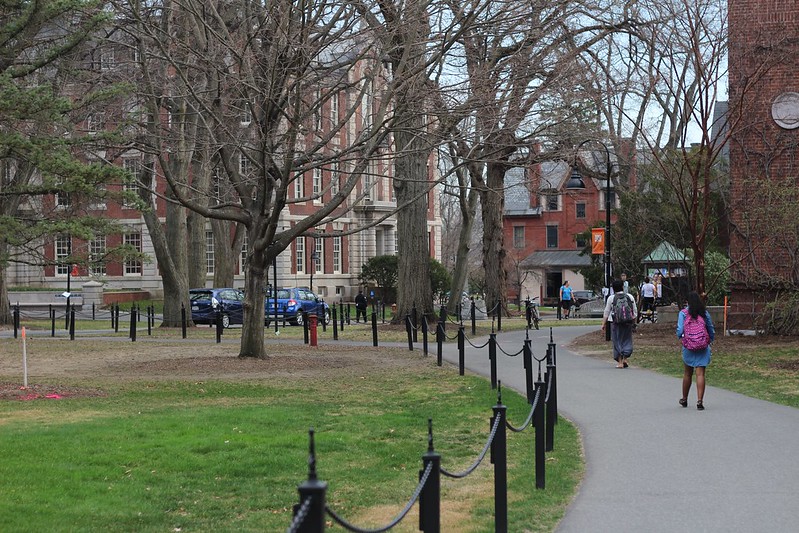
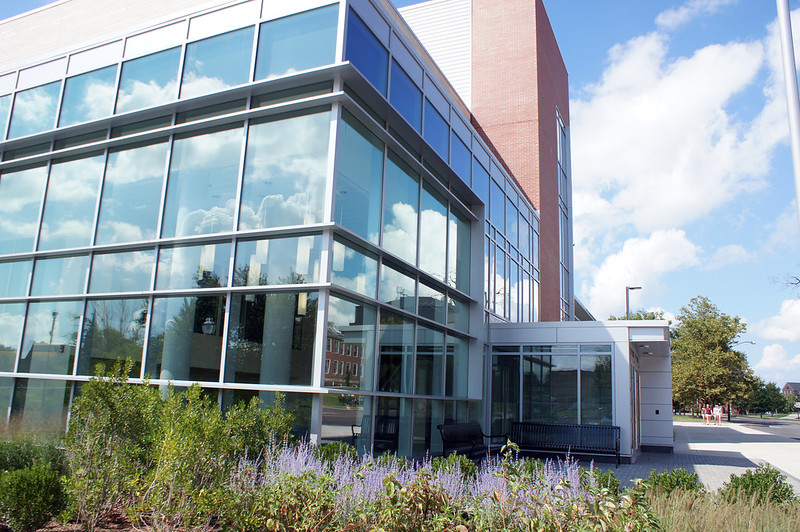

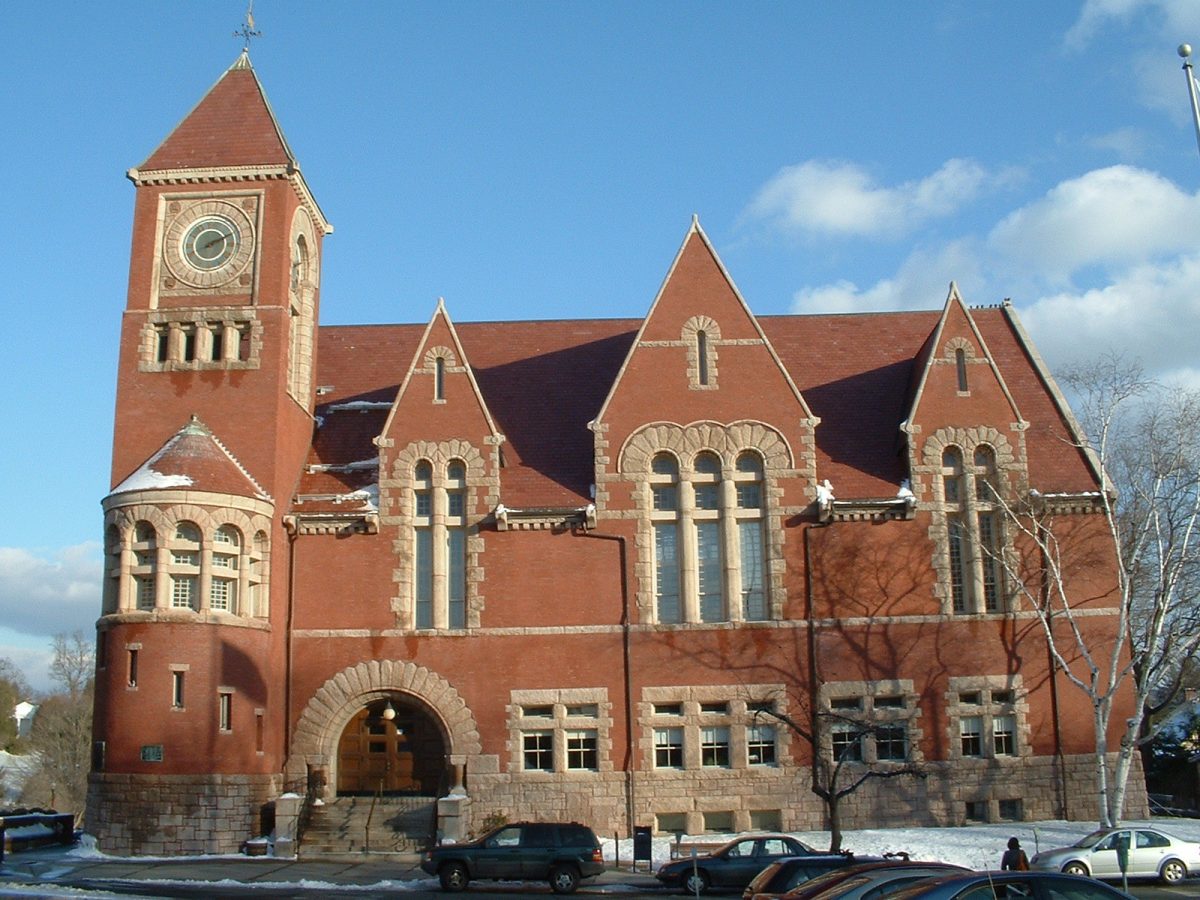


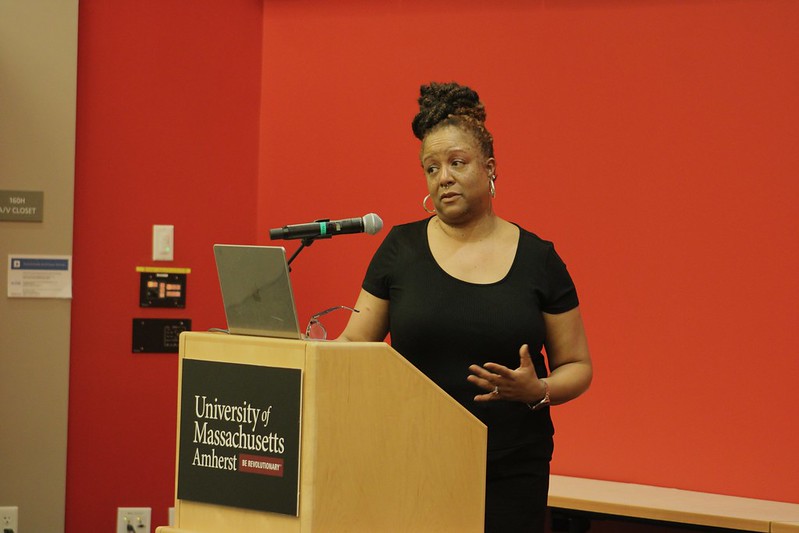
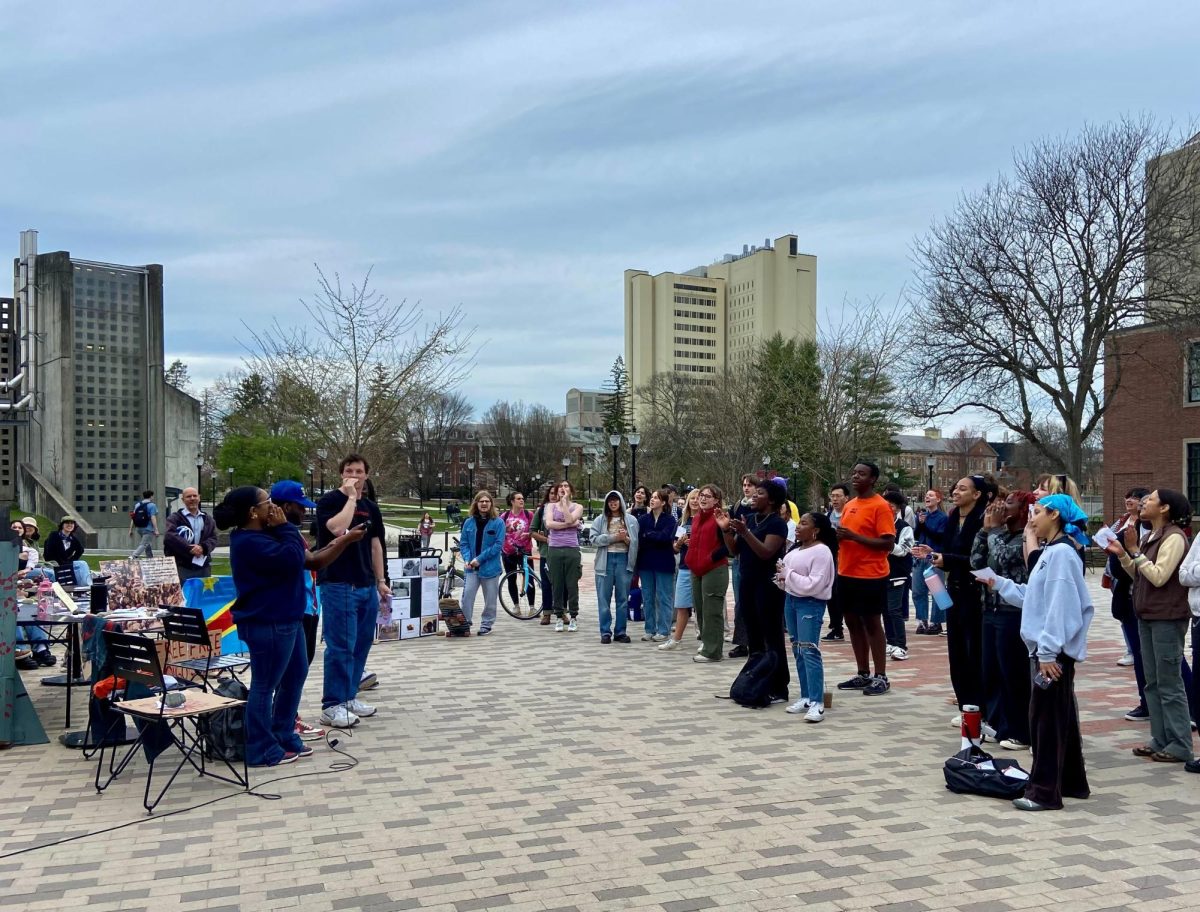
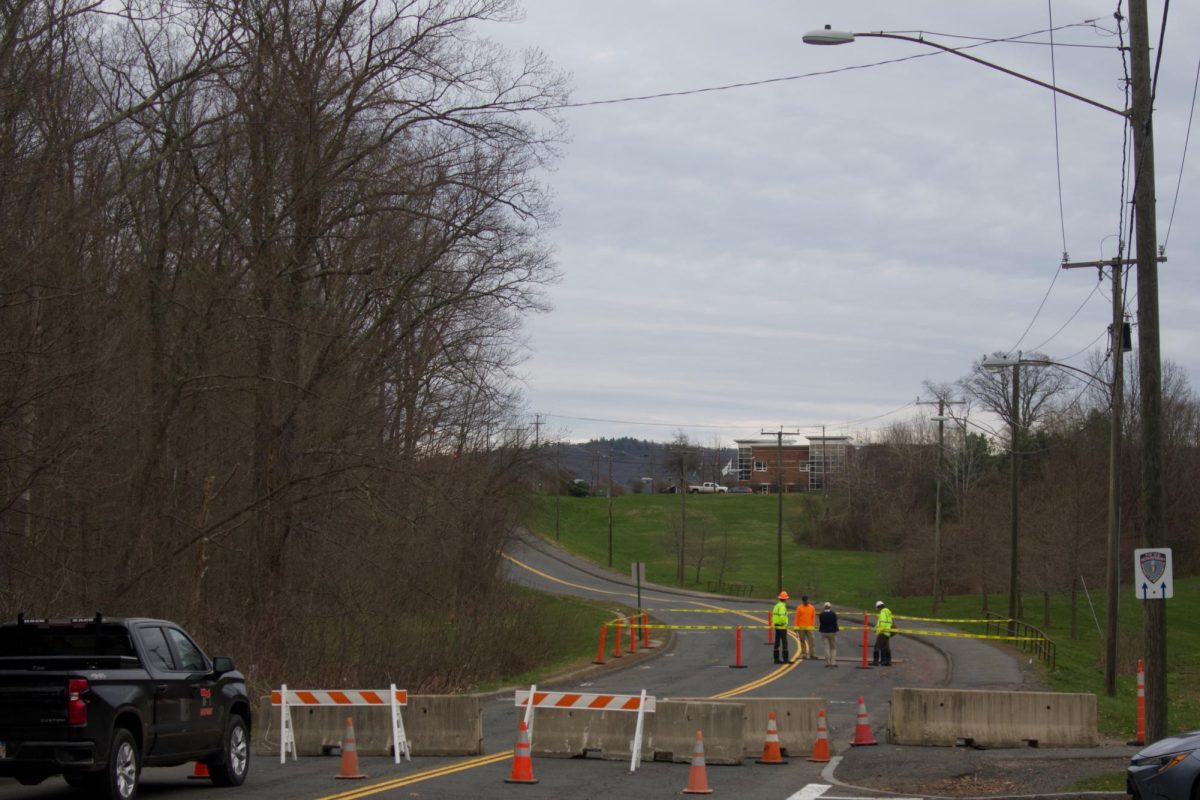
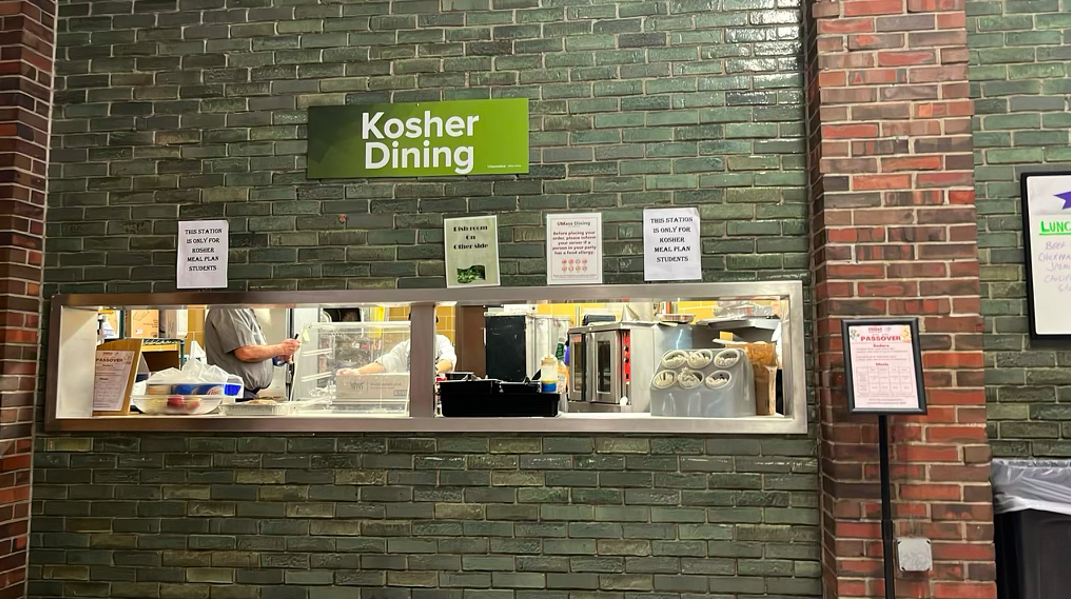

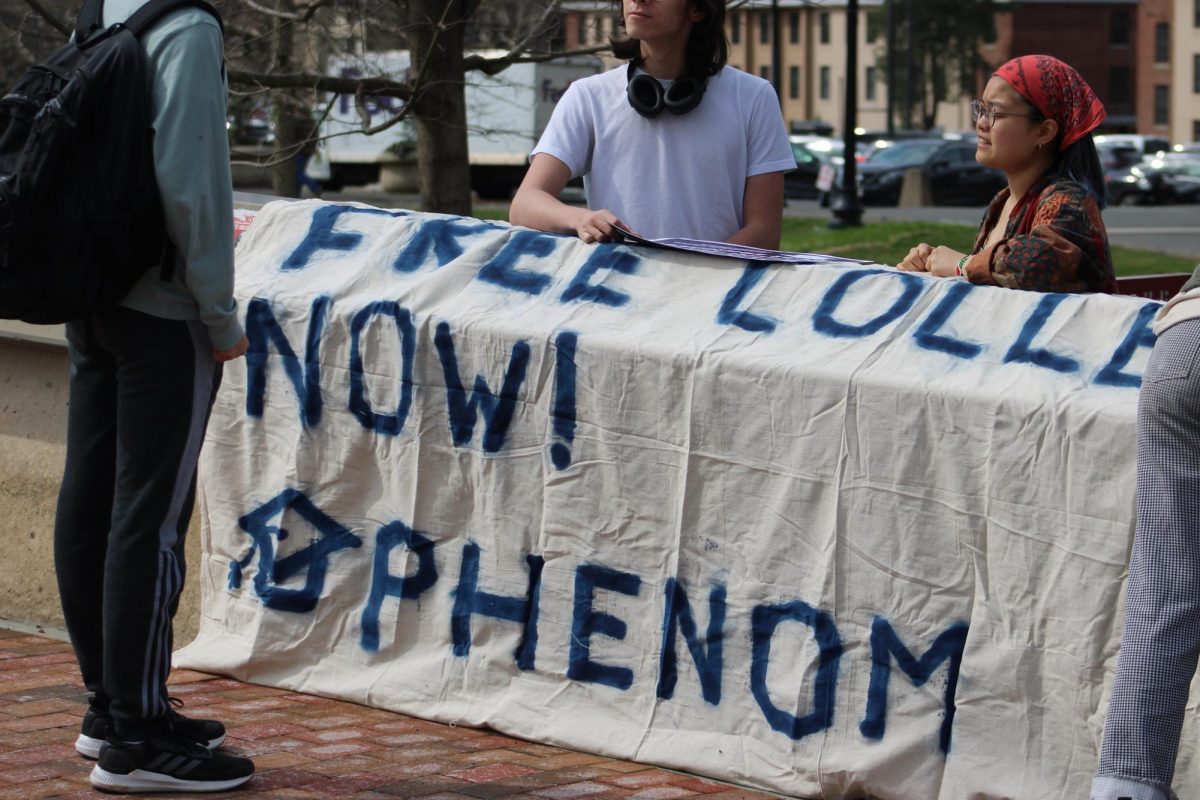
Frank J. Heller, MPA • Sep 12, 2012 at 1:19 pm
Your ‘researcher’ failed to tell you that in so far as Maine goes, most – 80%+, of the dams were installed by 1820; and the dramatic fall off in sea run migration didn’t occur until the 1970’s.
Nor did this researcher, ever visit the naturalistic fishway in Damriscotta to see alewives and other species swim their way to the lake.
Nor did this researcher use recent research by marine biologists here and in Canada who are resigned to believing the problem lays far out at sea; not at the dam.
Nor did the researcher explain why despite removal of dams on the Penobscot and Kennebec, the salmon run this year was a very disappointing 800+ fish.
It is possible to design naturalistic fishways like the one in Damriscotta, http://damariscottamills.org/ that work very well according to the land trust which built it and to a small group of us, along with ospreys, heron, gulls, and eagles, who watched it in action. This is done in Europe and places like Ireland, Sun Valley, Idaho; N. Carolina, etc.
Nor does this researcher weigh the equities with his obsession with restoring long gone species.
Dam impounds save water to weather droughts and nourish watersheds and wetlands; in Europe edible fish are grown in the habitat, enabling the poor to obtain fresh food inexpensively while taking down the dam dramatically reduces the aquatic habitat and may well destroy it during drought conditions; dams also serve a function of taming raging waterways during episodic rain events which are now common to the period of warming in New England—see Androscoggin dam system for example.
Given the trash and invasive species now proliferating in Maine waters; a dam can become a filter preventing up and downstream contamination.
Oxygenation during low water periods is yet another function of the dam vital to the habitat.
And finally, we have the value of the tax base along the shore line and the recreational value & jobs created in the ponds and impounds created by the Dam. Perhaps the researcher lives on a trust fund and could care less; but to public policy makers loss of the recreational opportunities and highly taxed shoreline far outweighs enabling herring migration. I dare him to broach the topic during a town meeting and see how long before he gets escorted out of town by the local officials and others.